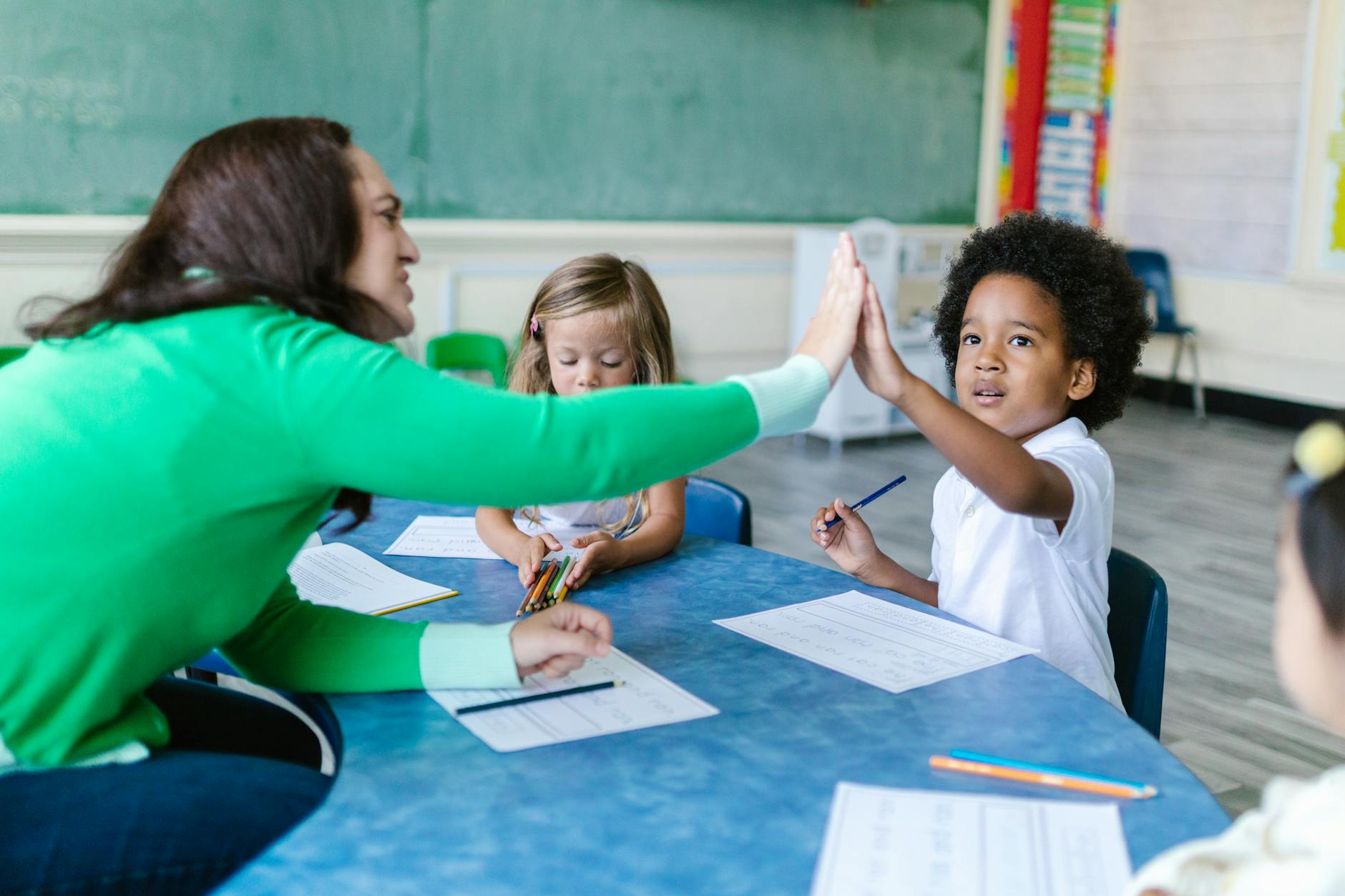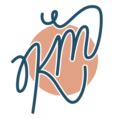Characteristics of Effective Feedback
- Goal-referenced: The feedback is aligned with a learning goal.
- Tangible and transparent: It is easy for the students to understand.
- Actionable: The student must take specific steps (action) to improve their work based on the feedback they received.
- User-friendly: It is communicated using language students understand.
- Timely: Feedback should take place during a learning event or right after it ended.
- Ongoing: Feedback is a process, not a one-time ‘gift’.
- Consistent: Dialogic feedback is a regular part of the learning process.
- Customized: It is for a psecific student or student group.

Levels of Feedback
Level 1
This is the most commonly used feedback and it is used in the early stages of learning as it relates to task completion. It is usually corrective in nature (Walsch, 2022).
Level 2
This type of feedback is more prosess-related (not task-related) and it prompts students to rethink and adjust their actions. This is where the dialogue between teacher and student happens (Walsch, 2022).
Level 3
At this level students reflect on their actions and learning and provide ‘feedback’ for themselves using metacognitive and self-reflection skills (Walsch, 2022).
Eliciting feedback from every learner in class
A tried-and-true way to elicit student feedback from everyone in class is to have a brief writing assignment in the form of an exit ticket. However, in many 1:1 or BYOD environments technology can be a great tool to help us elicit an all-student response. Eliciting feedback from everyone could take anywhere from 5 minutes to 15 minutes depending on what you plan and how in-depth you would like the assignment to be. Here are a few of my favorite beginner-friendly educational technology tools any teacher can use to elicit formative feedback. You can prepare a question in advance with the help of one of these tools and students respond and share their answers individually.
Here are some curated resources with many many additional digital tools and apps that can help with formative assessment and eliciting feedback from students about their learning progression.
- 75 digital tools and apps teachers can use to support formative assessment in the classroom
- How to Increase Student Engagement With Technology
- Best Feedback Tools for Teachers

